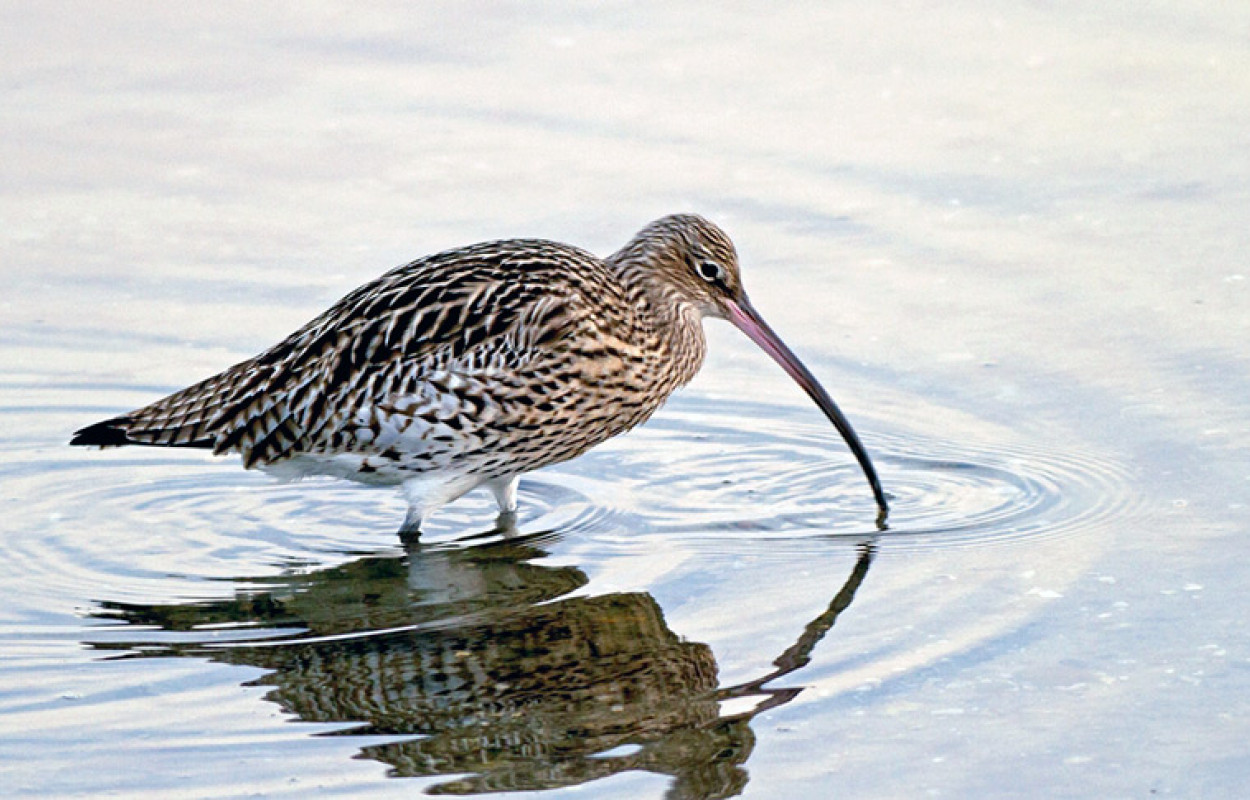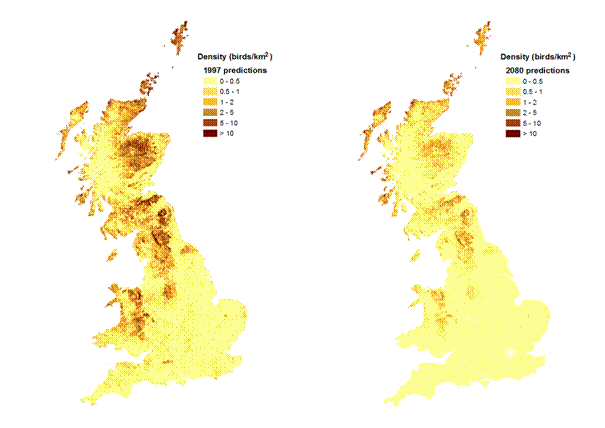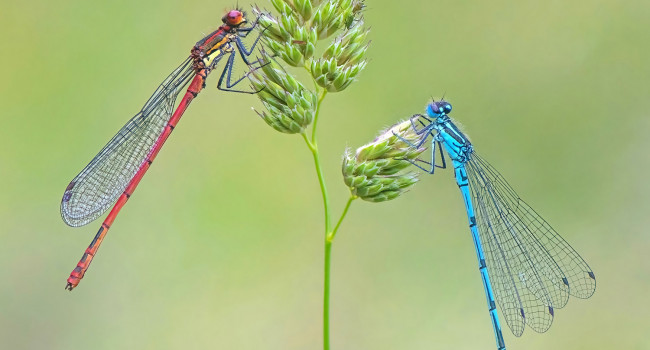Modelling changes in species' abundance in response to projected climate change

Author(s): Renwick, A.R., Massimino, D. Newson, S.E., Chamberlain, D.E., Pearce-Higgins, J.W. & Johnston, A.
Published: January 2012
Journal: Diversity and Distributions Volume: 18
Digital Identifier No. (DOI): 10.1111/j.1472-4642.2011.00827.x
There has been plenty of work on the effect that climate change might have on the range of particular bird species; for example, Dartford Warbler is predicted to extend its range north with an increase in temperature. However, for the first time, scientists at the British Trust for Ornithology have looked at what effect climate change might have on the distribution and abundance on particular species.
Four species were chosen; two with a southerly distribution, Nuthatch and Green Woodpecker, and two with a more northerly distribution, Meadow Pipit and Curlew.
Future climate change was projected to result in population declines and range contractions northwards for both northerly distributed species (Figs 1 & 2). Declines for Eurasian Curlew were projected to be particularly severe, with national abundance under a high climate change scenario projected to be 34% lower in 2050 than the 1997 baseline, and 66% lower by 2080, a statistically significant drop.
In contrast, the two southerly species were projected to have population increases as a result of climate change. Green Woodpecker populations may increase substantially by 2050 and populations of Nuthatch to a lesser degree.
The analytical methods used provide an important framework to make projections of impacts of climate change on species abundance, rather than simply projected range changes. Given the recent classification of Eurasian Curlew as globally near-threatened, these projections of continued population decline in Great Britain, where a significant proportion of the global population is held, and where declines are already occurring are of particular concern and highlight the likely long-term vulnerability of this species. The long-term protection and management of upland habitats in the English Pennines, Southern Uplands, central Highlands and Scottish islands, where the species presently occurs and is projected to remain at highest density in future, should therefore remain a conservation priority, highlighting the importance of this work.










Share this page